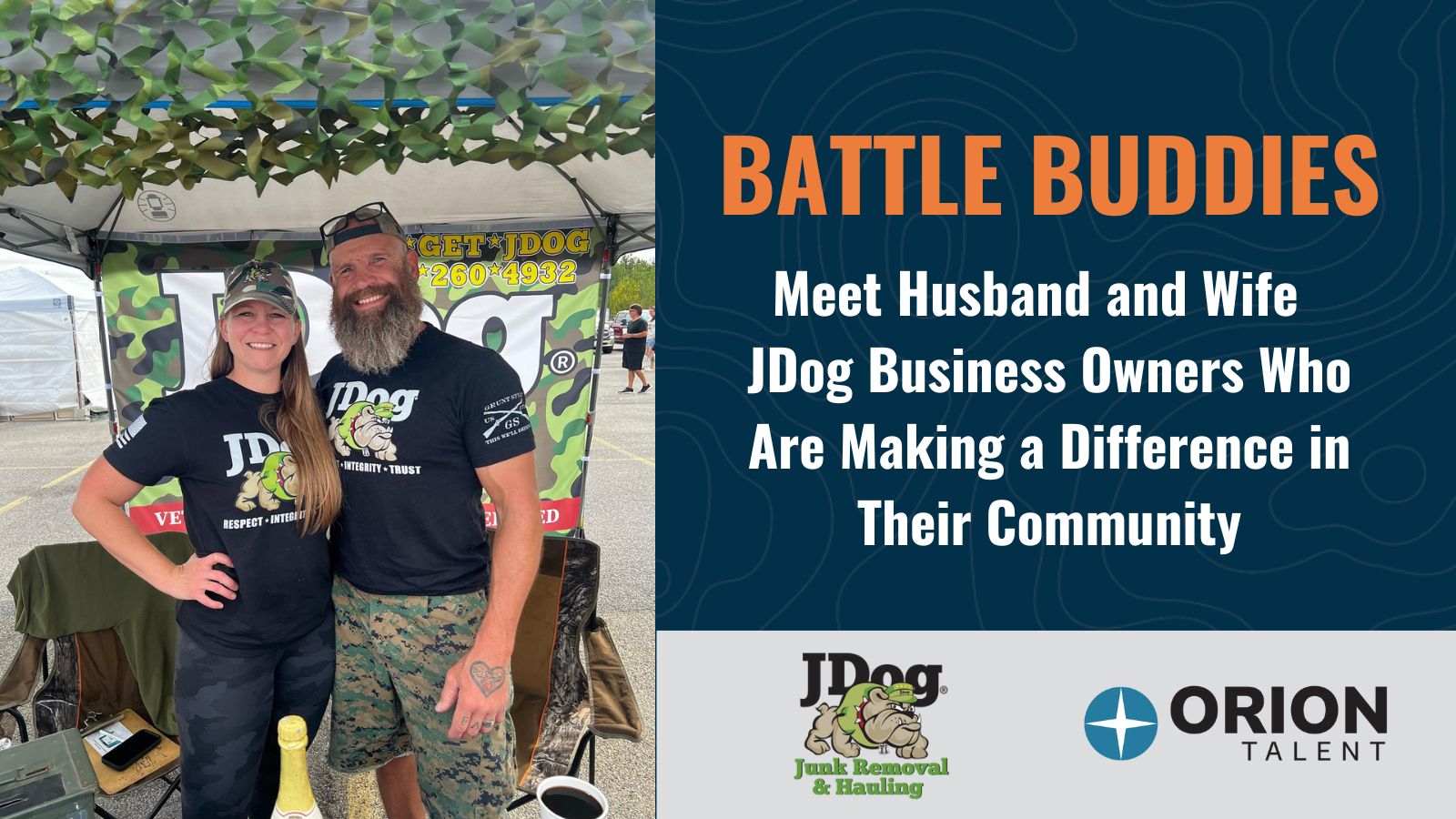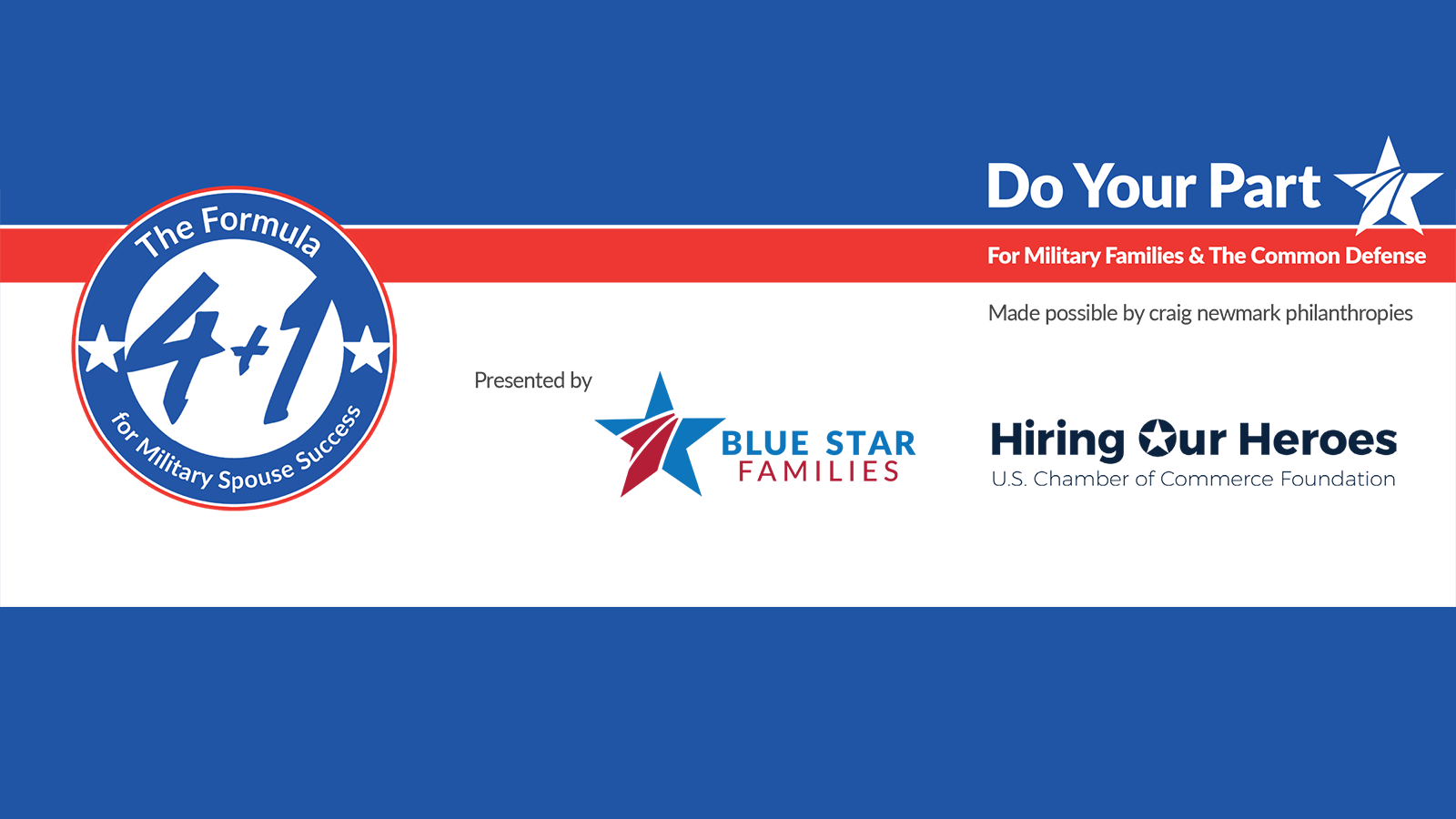.jpg)
The workplace landscape has changed drastically over the last five years.
We’ve experienced an accelerated shift to hybrid or remote work, a trend not likely to slow down as many employees enjoy the flexibility and freedom it has to offer. Diversity, equity, and inclusion (DEI) initiatives have become a greater priority as businesses seek to create a more inclusive workplace. In addition, technology continues to change the way we work, with organizations continuously investing in new tech promising to improve efficiency, productivity, and collaboration.
We witnessed the Great Resignation starting in 2021 and lasting through 2022, with employees leaving their jobs en masse for better opportunities. Then, 2023 ushered in the Big Stay, with fewer people quitting their jobs and job openings down 20% from last year. The future of work continues to evolve.
A study by McKinsey found that the Pandemic caused 2/3 of Americans to reflect on their purpose in life, and about half of them reconsidered their jobs as part of this equation. Caitlin Duffy, Research Director in Gartner’s HR practice, calls this movement the “Great Reflection.” Today’s talent seeks more than a paycheck- they desire a company whose values mirror their own and work that provides them with a sense of purpose.
What is an Employee Value Proposition (EVP)?
What is your organization’s EVP? Is it something you continually refine, or has it remained static for the last decade? At its most basic level, an employee value proposition (EVP) outlines the unique value that an organization offers its employees; it must be more than a concept. Your EVP must be clear, concise, and easy to understand and should be communicated to employees through a variety of channels, including onboarding materials, their employee handbook, the company website, etc.
There should be no question about what your company has to offer. Your EVP is your chance to tell potential employees why they should work for you- positively affecting recruitment- and current employees why they should stay with you- positively affecting retention. Check out this blog post to learn more about the value of a strong employee value proposition.
Here are a few key components you should consider when crafting or revamping your EVP:
• Compensation: Salary, bonuses, stock offerings, other financial incentives, etc.
• Benefits: Health insurance, retirement benefits, paid vacation, paid time off (PTO), company-sponsored holidays, tuition reimbursement, etc.
• Career development opportunities: Opportunities to learn new skills, take on new challenges, and advance in career. This includes technical or leadership training, sponsored courses, mentorship and career guidance, opportunities to work in other cities or countries, etc.
• Work-Life Balance: Flexible work arrangements, employee recognition, team-building, and well-being programs all fall into this category.
• Company Culture: Your organization’s values, mission, and atmosphere fit into this category; It includes trust and collaboration, healthy team structure and relationships, good communication, alignment with company goals, leadership transparency, etc.
How Has This Changed?
 According to a 2021 study by McKinsey, 70% of employees say their sense of purpose is largely defined by their work. In 2010, that number was 50%. This looks different to different people: some want their work to provide them with meaning and fulfillment in their personal lives. Others want to feel connected to something larger than themselves. Still others are on a mission to make a difference in the world. Employees who receive the purpose they desire at work experience more pride, satisfaction, commitment, engagement, achievement, connection, and excitement in their work and more energy, satisfaction, health, and resilience in their day-to-day life. The more meaningful work feels, the more it positively impacts one’s life.
According to a 2021 study by McKinsey, 70% of employees say their sense of purpose is largely defined by their work. In 2010, that number was 50%. This looks different to different people: some want their work to provide them with meaning and fulfillment in their personal lives. Others want to feel connected to something larger than themselves. Still others are on a mission to make a difference in the world. Employees who receive the purpose they desire at work experience more pride, satisfaction, commitment, engagement, achievement, connection, and excitement in their work and more energy, satisfaction, health, and resilience in their day-to-day life. The more meaningful work feels, the more it positively impacts one’s life.
How Businesses Can Help Employees Find Purpose at Work
As a leader, it’s essential to give thought to your employees’ individual purposes. This may be a mindset shift for senior executives. Panduit is a company that’s doing this well. To learn how Panduit’s exceptional employee experience translates into empathetic leadership, well-laid-out career paths, and employees feeling good about who they are and how they contribute every day at work, listen to Episode 4 of the #PeoplewithPurpose Podcast.
It may seem overwhelming at first because purpose is so personal. Yet if you want to retain talent, you must help your employees find value and a sense of purpose in their jobs, or you risk losing them to companies that will. Here are a few simple ways to get started:
• Define Your Mission and Live It- Start by creating a culture where employees feel like they are a part of something bigger than themselves. What are your company’s mission and values? If you don’t have any yet, it’s time to decide what your company stands for and put it into words. It must be more than a poster on the wall- how is (or will) your company live out its purpose? Is leadership on board and following through?
Share your company’s mission and values with your employees and give them opportunities to contribute to something larger than their own individual work. A shared purpose inspires camaraderie. Employees perform better when they feel their work is important to a company-wide purpose. For some real-life examples of employee and community engagement, check out Episode 7 of the #PeoplewithPurpose podcast. “Work is done feet on the ground,” says Lourdes Diaz, VP- Diversity & Inclusion at US Foods, “Get people excited about the fact that they matter.”
• Provide Opportunities for Growth and Development- Does your organization offer opportunities for upward mobility, and are your employees aware of how to achieve the growth opportunities they desire? Employees who are constantly learning and growing are more likely to find purpose in their work. Make sure to provide opportunities for them to learn new skills, take on new challenges, and advance their careers. Chemours is a company that excels in developmental opportunities. Listen to Episode 12 of the #PeoplewithPurpose podcast to learn about their rotational Commercial Development Program.
• Encourage a Sense of Community- Employees who feel connected to their colleagues are more likely to find purpose in their work; humans are relational creatures who seek deep connection both inside and outside of their careers. Encourage a sense of community by creating opportunities for employees to connect and collaborate with each other. Employee Resource Groups (ERGs) are a great way to do so. Check out this webinar to discover how to accelerate DEI with your organization's ERGs, affinity groups, and diversity groups.
• Show Appreciation- Employees who feel appreciated are more likely to find purpose in their work, so make a conscious effort to recognize your employees’ hard work and contributions. Leadership initiatives are most effective when managers make their direct reports feel valued and like they are making a difference. Here are Nine Ways to Show Gratitude to Your Employees.
• Care for the Whole Person- Workers who are fairly compensated and who have access to comprehensive health care will perform better at work. Additionally, consider wellness programs, adequate coverage for mental health services, and other employee assistance programs that help employees manage every aspect of their lives. They’ll be less distracted and better able to focus on their jobs. The CDC Workplace Health Resource Center’s e-book Ten Strategies to Improve Employee Health and Well-Being is an excellent place to start.
Tips for Creating an Effective EVP:
By now, you may have some ideas in mind to strategically overhaul your organization’s EVP. Here are some steps to follow to create (or update!) a human-centric EVP that will help you attract and retain the talent you need:
• Start by identifying the unique value that your organization offers its employees- what makes your company a great place to work?
• Consider the needs and wants of your target employees. What are they looking for in a job? Interview existing and past employees for a diverse assessment.
• Define the key components of your desired EVP. Write it clearly, concise, and using language that is easy to understand.
• Gain leadership buy-in if you haven’t already done so. Both leaders and employees must incorporate new norms and behaviors for success.
• Communicate your EVP to employees through a variety of channels.
• Review and update your EVP regularly to ensure that it remains relevant and effective.
Summary Thoughts
 Effective EVPs don’t happen overnight, but this vital aspect of employer branding is worth the introspection, planning, and hard work. As we adapt to the Great Reflection, seeking value and purpose at work will become a standard component of the modern, human-centric work experience. Yesterday’s office environment is a thing of the past—and that’s exactly where it should stay.
Effective EVPs don’t happen overnight, but this vital aspect of employer branding is worth the introspection, planning, and hard work. As we adapt to the Great Reflection, seeking value and purpose at work will become a standard component of the modern, human-centric work experience. Yesterday’s office environment is a thing of the past—and that’s exactly where it should stay.
If you need a little assistance developing your employer brand and EVP, or advice for building a culture where all employees can bring their authentic selves to work each day, be sure to check out Orion Talent’s HirePurpose® Diversity Sourcing and Talent Attraction solution. And be sure to listen to the #PeoplewithPurpose Podcast for great conversations and examples of companies who are succeeding at creating purpose-driven workplaces.
Archives
- April 2025
- March 2025
- February 2025
- October 2024
- May 2024
- March 2024
- February 2024
- January 2024
- December 2023
- November 2023
- October 2023
- September 2023
- August 2023
- July 2023
- June 2023
- May 2023
- April 2023
- March 2023
- February 2023
- January 2023
- December 2022
- November 2022
- October 2022
- September 2022
- August 2022
- July 2022
- June 2022
- May 2022
- April 2022
- March 2022
- February 2022
- January 2022
- December 2021
- November 2021
- October 2021
- September 2021
- August 2021
- July 2021
- June 2021
- May 2021
- April 2021
- March 2021
- February 2021
- January 2021
- December 2020
- November 2020
- October 2020
- September 2020
- August 2020
- July 2020
- June 2020
- May 2020
- April 2020
- March 2020
- February 2020
- January 2020
- December 2019
- November 2019
- October 2019
- September 2019
- August 2019
- July 2019
- June 2019
- May 2019
- April 2019
- March 2019
- February 2019
- January 2019
- December 2018
- November 2018
- October 2018
- September 2018
- August 2018
- July 2018
- June 2018
- May 2018
- April 2018
- March 2018
- February 2018
- January 2018
- December 2017
- November 2017
- October 2017
- September 2017
- August 2017
- July 2017
- June 2017
- May 2017
- March 2017
- February 2017
- January 2017
 RSS Feed
RSS Feed
Subscribe to Orion's Blog
Featured Blogs





.jpg)















